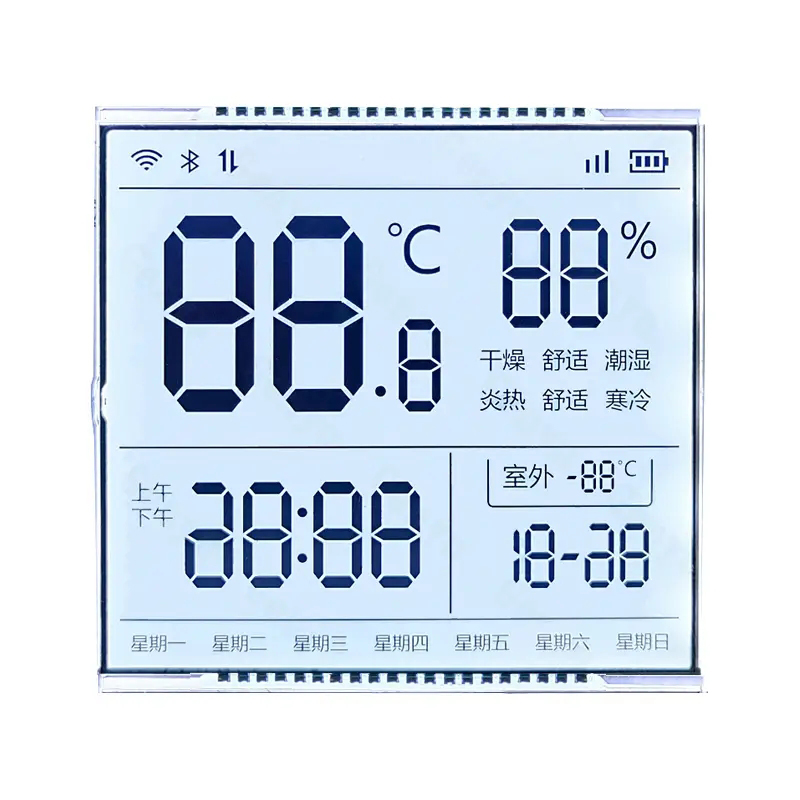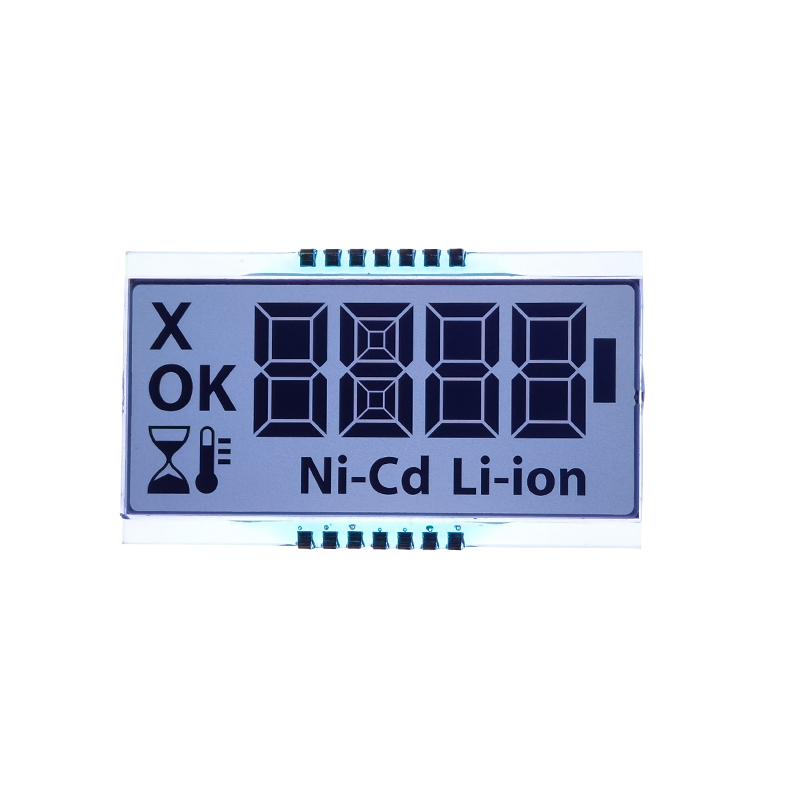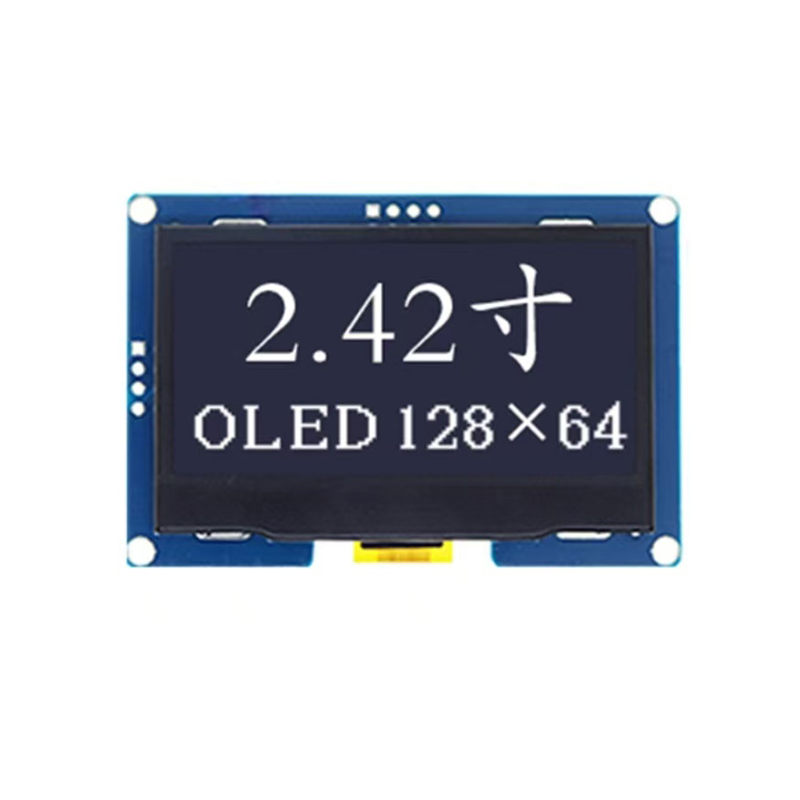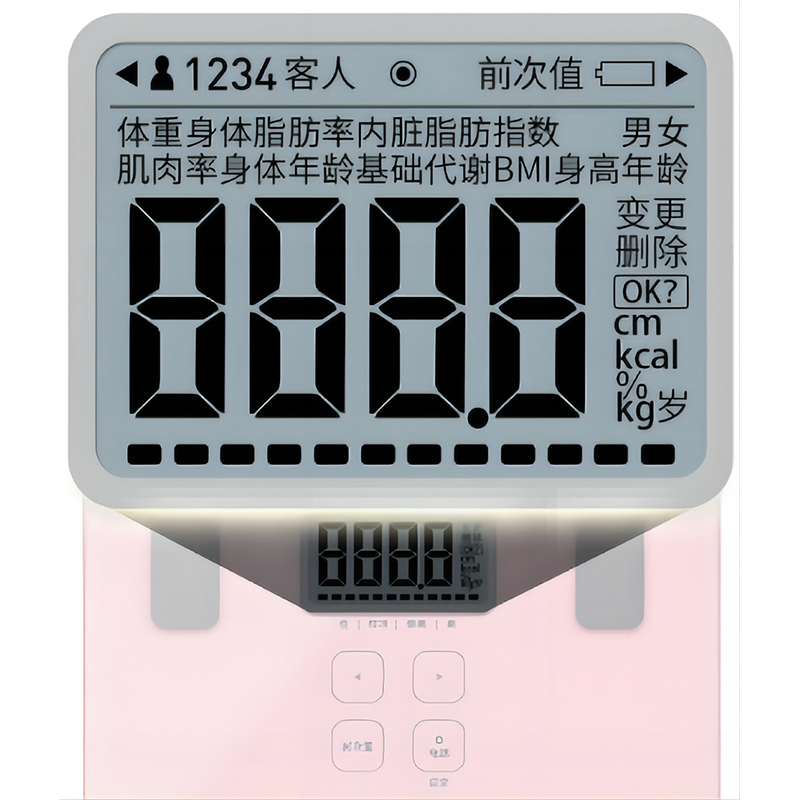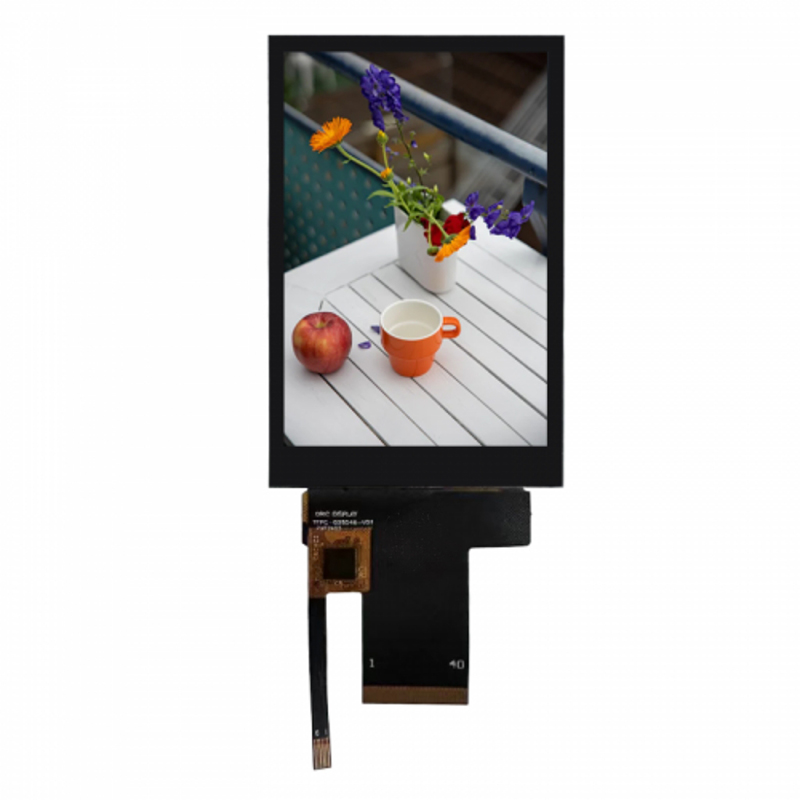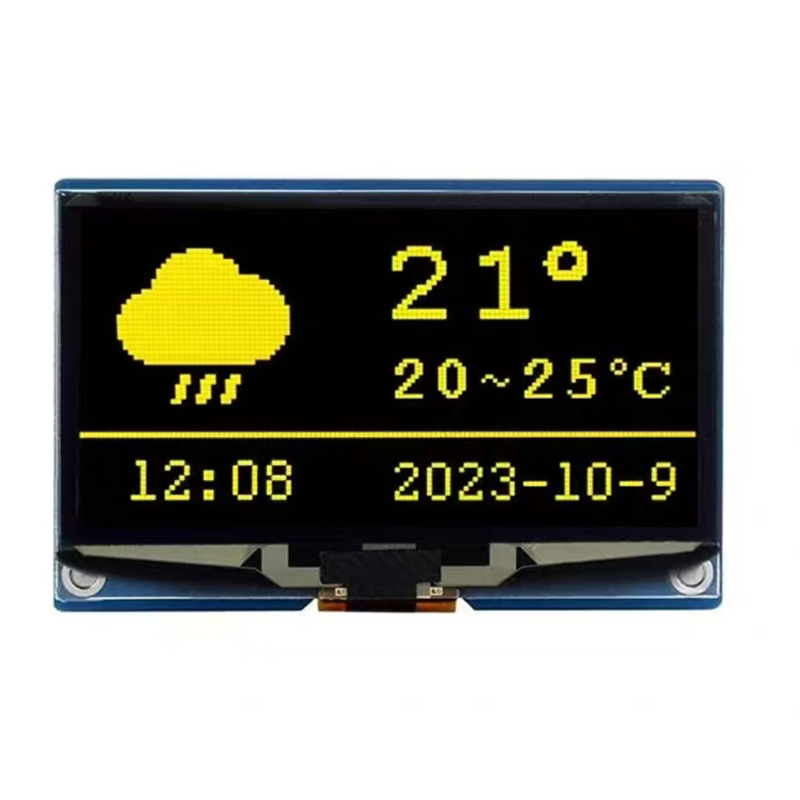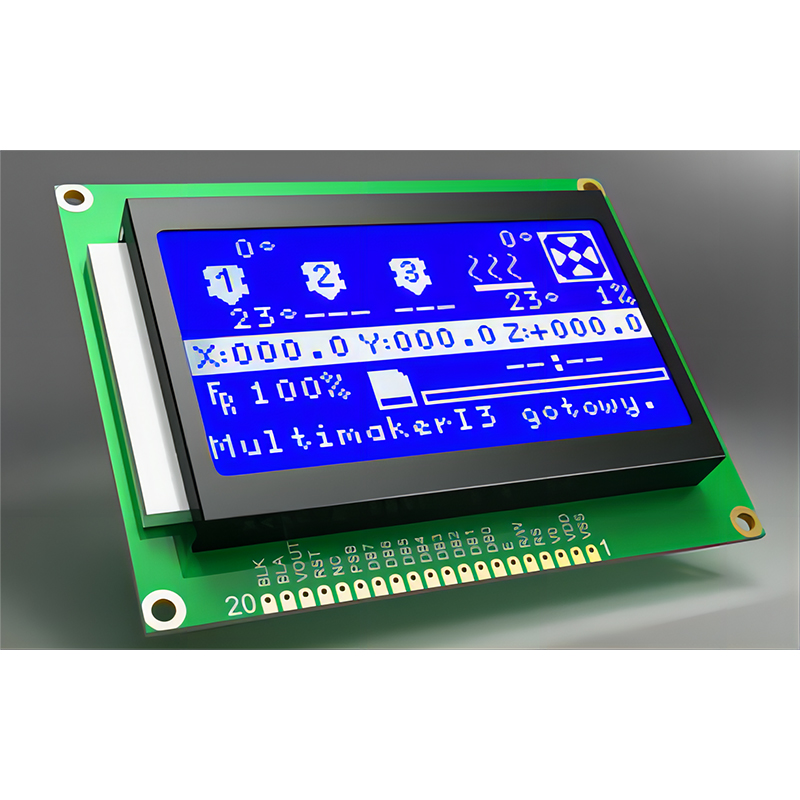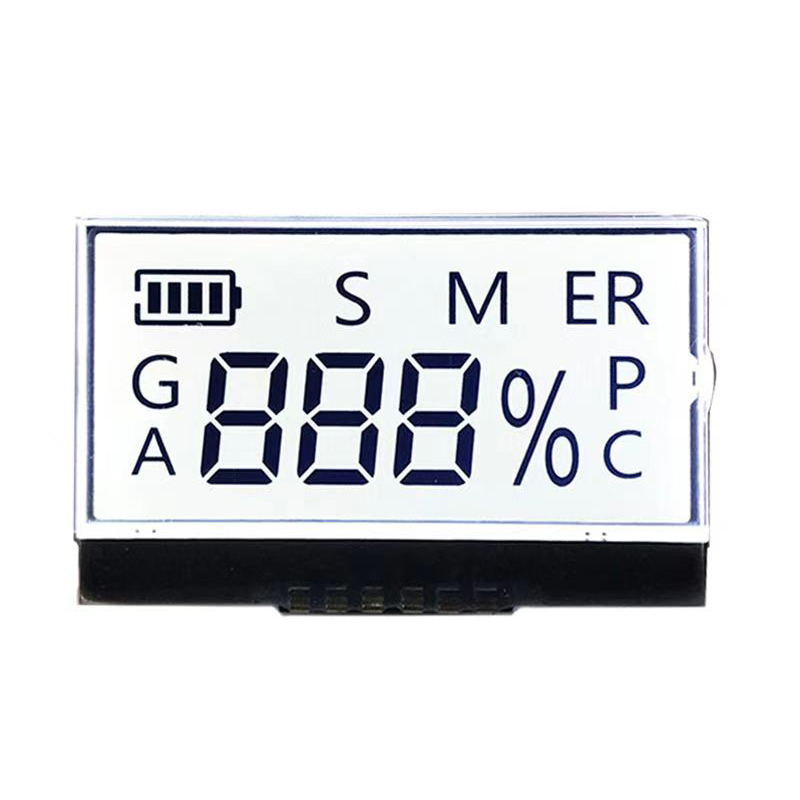
AMOLED (Active-Matrix Organic Light-Emitting Diode) displays, known for their vibrant colors and deep blacks, are prevalent in smartphones, televisions, and other devices. However, like all technologies, they have a limited lifespan. Understanding this lifespan and planning for its end—an AMOLED display life exit strategy—is crucial for businesses and consumers alike. This guide will explore the factors influencing AMOLED display lifespan, common problems, and solutions to maximize their longevity and manage their eventual replacement.
One of the most significant concerns with AMOLED displays is burn-in, a persistent discoloration or image ghosting caused by prolonged static elements on the screen. This is more pronounced with consistently displayed elements like clock widgets or status bars. Image retention is a similar but less permanent issue where the image fades over time. Minimizing static elements on the screen and utilizing screen timeout settings can mitigate these issues. Regular use of the display and varying displayed content helps to prevent burn-in.
Over time, AMOLED pixels can degrade, leading to a reduction in brightness and color accuracy. This degradation is a natural process accelerated by factors like high brightness settings, prolonged exposure to direct sunlight, and extreme temperatures. Using adaptive brightness and avoiding extreme environmental conditions can extend the lifespan of your AMOLED display.
Physical damage, such as scratches or cracks, can significantly impact the display's functionality and aesthetics. Using screen protectors and protective cases is essential for maintaining the integrity of the AMOLED display and extending its life. Careful handling of devices is also crucial in avoiding physical damage.
Experiencing issues with your AMOLED display? Try these troubleshooting steps:
Businesses utilizing AMOLED displays in their products or services should consider implementing a lifecycle management strategy. This includes incorporating robust quality control during manufacturing, providing users with clear guidelines for maximizing display lifespan, and having a plan for replacement or repair.
Consumers can extend the life of their AMOLED displays by following best practices for usage, including utilizing screen protectors, maintaining optimal brightness settings, and regularly backing up data. Understanding the signs of aging, such as reduced brightness or color accuracy, allows for proactive planning for an eventual replacement.
When it’s time to replace your AMOLED display, you’ll want to consider several factors. Options include other types of display technologies, such as LCD or newer OLED variations, each with its own set of advantages and disadvantages. Carefully consider your needs and budget before selecting a replacement.
For businesses seeking high-quality display solutions, consider exploring options from reputable manufacturers like Dalian Eastern Display Co., Ltd. They offer a wide range of display technologies and can assist with finding the best solution for your specific requirements. Remember that a proactive approach to display management is key to minimizing disruptions and ensuring the long-term success of your projects or devices.
Further resources on AMOLED display technology and lifespan can be found through reputable sources.

